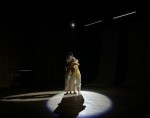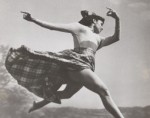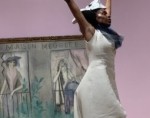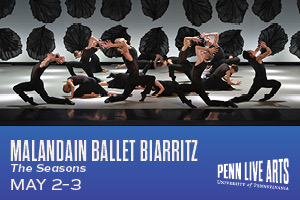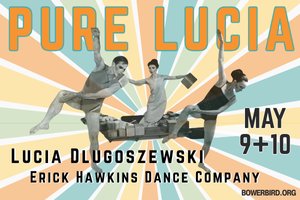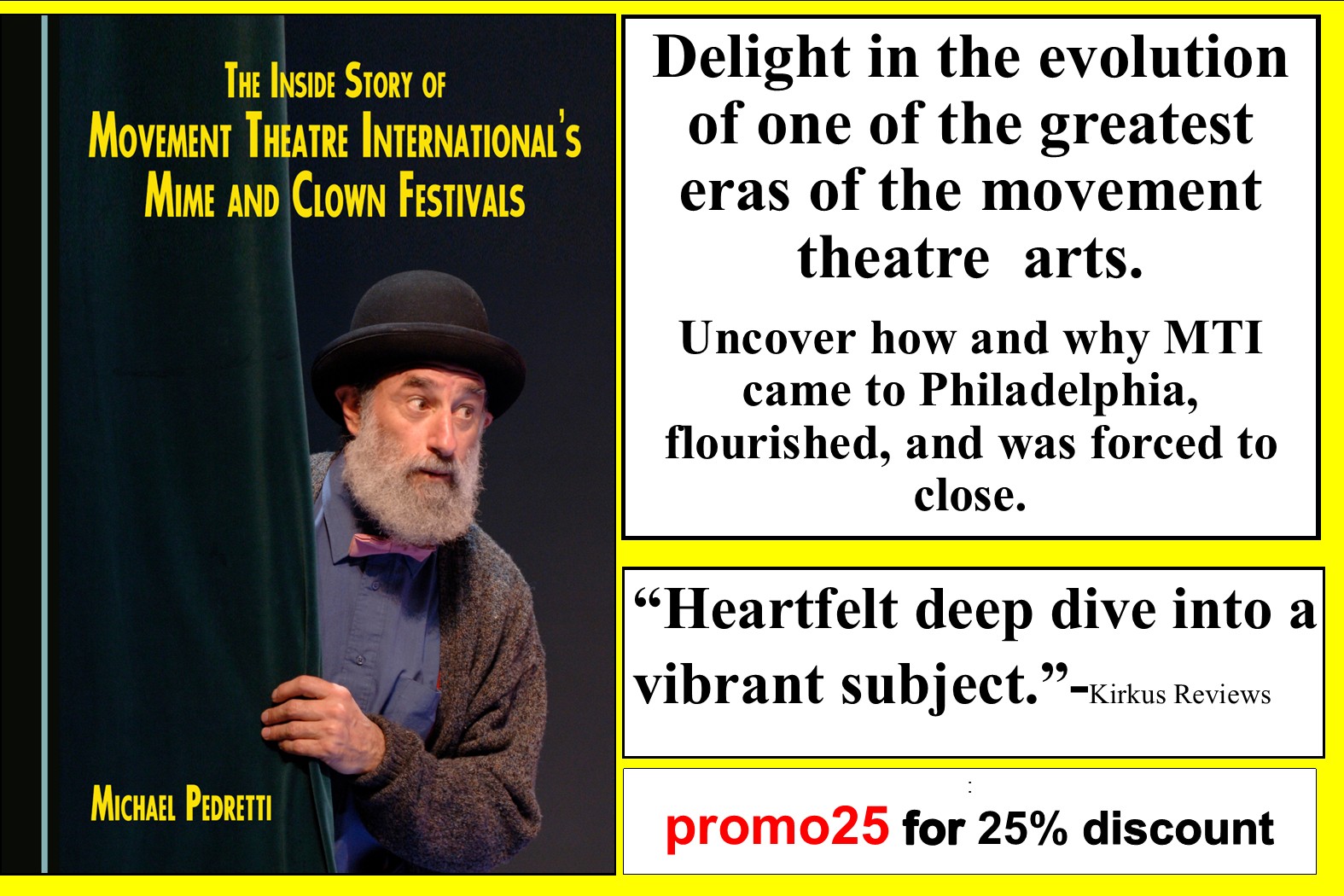
Remembering tD Writer Karl Surkan
by Jonathan Stein
Known for his broad and passionate embrace of performance as an embodiment of the gender, sexual and political complexities of contemporary life, Karl Surkan, a thINKingDANCE writer of perceptive analysis and evocative prose, has died at the age of 53.
A tD writer since 2015, Surkan, with a Ph.D. in English and Feminist Studies, had been teaching primarily in the interdisciplinary field of women’s, gender and sexuality studies as a permanent lecturer starting in 2005 at MIT, but also at other colleges including Tufts, UMass-Boston, Temple, the University of Pennsylvania, Bryn Mawr, Swarthmore, and Yale where his work broadened to teach bioethics. He was a performing arts critic, cultural theorist, and accomplished cellist. His wide-ranging research interests included new media activism and online social movements, the intersection of bioethics and science and technology, queer/trans politics and representation, feminist media studies, reproductive technologies, and e-patient communities and health activism.
Surkan, a trans man, was considered one of the nation’s only scholars working at the intersection of genetics, ethics, and gender studies. He published extensively in these fields over the past two decades, with a completed book manuscript, Not Who You Think I Am: Gender, Passing Rhetorics, and the Performance of Identity. His birthing of two children as a man was a subject of his writing, “That Fat Man is Giving Birth: Gender and the Pregnant Body.”
Megan Bridge, a past tD director and writer who invited Surkan to tD as a staff writer, remembers that when she first met him at a school their sons attended, the first thing that struck her about him “were his beautiful, sparkling eyes and easy smile…. I cherished our conversations. He had a brilliant mind, and contributed so much rigor with his research and scholarship in queer studies and bioethics.” She adds that he “always reached out and expressed care for people” evincing a genuine kindness to all he met.
tD writer and editor Carolyn Merritt remembers Karl “always stepping up and finding time when it seemed like he had the least as when he joined tD's bilingual dance writing partnership with Mighty Writers.” She adds, “all the Mighty Writers young kids in the weekend workshop were shy at the beginning but by the end, with Karl’s high energy playing the central role, we were all smiling as we watched the kids move through space, turn their bodies into statues, fill giant pads of paper with thoughts and feelings.”
Surkan’s breadth of interests and curiosities helped expand tD’s scope of critical coverage of the arts in Philadelphia, where he resided. His review of the multimedia installations of the Colored Girls Museum show, “Urgent Care: A Social Care Experience,” described it as “a celebration of and a respite for the often overlooked woman of color.” He wrote tellingly about the erotic in performance as in his 2021 review of RUB HARDER with a typically zinging opening, “The vibe is definitely cabaret meets outdoor queer dance party outside Brian Sander’s JUNK studio,” and in a distillation of the performance, he wrote it was “[r]efreshingly unapologetic in its exploration of eroticism and embodiment….”
With a strong interest in improvisational performance and music he offered lucid insights into challenging work like Vervet Dance’s Semi-Composed: Metamorphosis, where he found “the combination of elements of chance, improvisation, and structured composition to be a creative expression of the process of change.” And he could revel in the delights of the clever meta-performance of Show No Show (“a geographically odds-defying collaboration between Philadelphia choreographer/dancer Gabrielle Revlock and Aleksandr Frolov, who hails from Yekaterinburg, Russia”), where “[w]e are drawn into scenarios, many absurd, that nevertheless feel genuine in the push me/pull you power play between the two dancers.”
In concluding a 2019 tD review of an Open Ring Circus Fringe performance and a show-stopping, gravity-defying act, he related that this was “just another metaphor for the risks we all take in navigating the path from birth to death, with some living built in along the way.” Surkan left a path of living, rich in fulfillment for his family, students and readers.
He leaves two teenage children, Damian Melzer-Surkan, 15, and Ani Melzer-Surkan, 13, and a sister Pamela and parents Alvin and Marna Surkan of Baltimore. A memorial service will be held on Saturday, April 29 at 2pm, at the Unitarian Society of Germantown, 6511 Lincoln Drive, Philadelphia 19119.
Below is an excerpt from a Fringe Arts review of Sylvain Émard’s Le Super Grand Continental, Surkan’s joyful take on what you get “when line dance meets flash mob”:
Think line dance meets flash mob, and what do you get? It’s Sylvain Émard’s infectious Le Super Grand Continental, back this year after its original appearance in the 2012 Fringe Festival. The concept: an outdoor dance performance performed by the public for the public, featuring approximately 175 people at the foot of the steps of the Art Museum, to club-style music with a heavy beat.
Amateur dancers dressed in colorful clothing of all styles lined up in rows, enthusiastically stepping, jumping, and turning in unison for an audience that grew organically as the spectacle unfolded. Ah! Something is happening here! A seated Fringe audience on risers grew larger with the addition of bystanders and passersby, who were drawn to the large ensemble and the pulsing sounds emerging from the speakers mounted on the sides of the performance area. Soon the steps of the Art Museum were packed with people captured by the sound and movement below.
Rainbow-colored lights marked the border of the “stage,” giving the performance a nightclub feel, though it was performed in daylight and early evening. As with other flashmob performances, Le Super Grand Continental seized the moment, bracketing this otherwise pedestrian public space in a exuberant display of choreographed energy. The enthusiasm of participants was so high that heavy rain on the second day of the run did not deter them or stop the show.
As the dancers pivoted and turned, stepping forward and back again in a patterned repetition of steps, the distance between performer and audience did not seem enormous. Perhaps that was Émard’s idea, a celebration of movement on a grand scale, demonstrating that yes, everyone can (and should!) dance. After continuous movement accompanied by several musical tracks, the dancers sank to the ground, perhaps spent from their efforts. Anticipating the end, I was surprised when a slew of children ran out into the performance space, skipping and stepping over the prone adult dancers. Bringing a renewal of energy with them, they reanimated the group, bringing them back to life in the finale.
This tribute to public engagement with the arts was capped off with an invitation to spectators to join performers in a spontaneous dance party at the end of the show. Le Super Grand Continental showed us why people love to move to music, capturing some of the magic of what it means to be caught up together in the moment of a performance we can all relate to.
By Jonathan Stein
February 19, 2023


